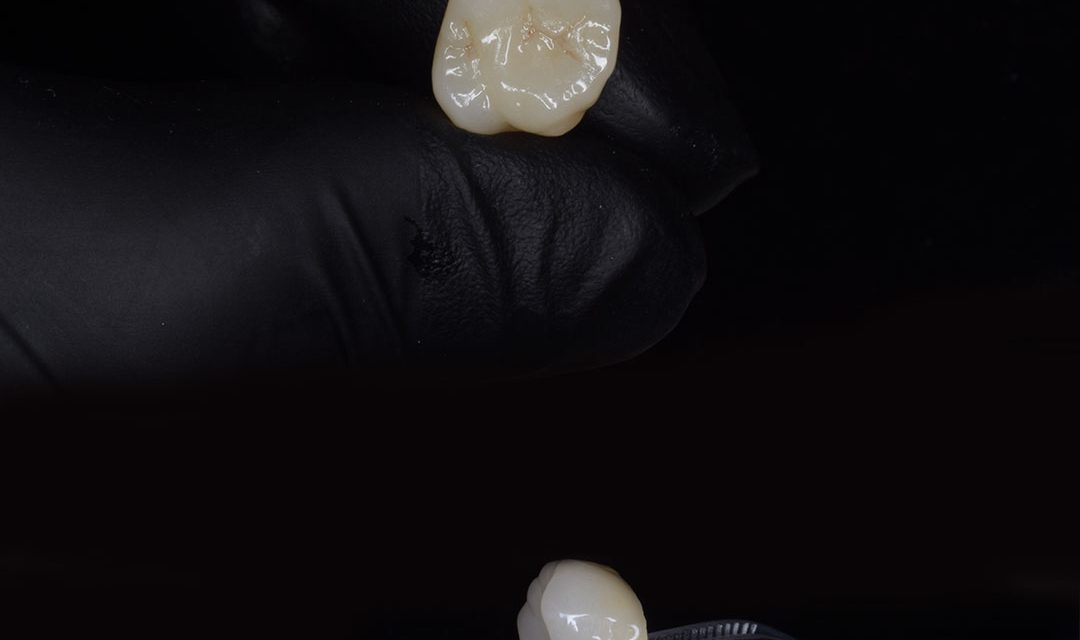
Root canal treatment is a crucial dental procedure aimed at saving teeth compromised by infection or damage to the pulp. Once the root canal therapy is completed, the next step often involves the placement of a dental crown. In this article, we will explore the significance of crowns in the aftermath of root canal treatment, understanding their role in restoring both the strength and aesthetics of the treated tooth.
The Purpose of Root Canal Treatment
Before delving into the role of crowns, it’s essential to understand the purpose of root canal treatment. The procedure is performed to remove infected or damaged pulp from the tooth’s interior. This helps alleviate pain, prevent the spread of infection, and ultimately save the natural tooth, preserving oral function.
The Need for Crowns After Root Canal Treatment
Following a root canal, the tooth may become more brittle and prone to fractures. This is because the removal of the pulp and cleaning of the interior can impact the tooth’s structural integrity over time. To address this vulnerability and ensure the longevity of the treated tooth, dental professionals often recommend the placement of a crown.
- Restoration of Strength: A dental crown acts as a protective cap that encases the entire visible portion of the tooth above the gumline. This external reinforcement provides strength and durability, reducing the risk of fractures or damage. The crown essentially serves as a safeguard, allowing the treated tooth to withstand the forces of biting and chewing, promoting long-term functionality.
- Aesthetic Enhancement: In addition to reinforcing the tooth, crowns play a pivotal role in enhancing the tooth’s appearance. The material used for crowns, such as porcelain or ceramic, can be color-matched to the surrounding teeth, ensuring a seamless and natural look. This aesthetic improvement is especially significant for front teeth, where a flawless appearance is essential for a confident smile.
The Crown Placement Process
The process of placing a crown typically involves the following steps:
a. Tooth Preparation: The dentist will reshape the treated tooth to create space for the crown. This may involve removing a small amount of enamel.
b. Impression: An impression of the prepared tooth is taken to ensure the crown fits accurately.
c. Temporary Crown: While the permanent crown is being fabricated, a temporary crown is placed to protect the tooth.
d. Crown Placement: Once the permanent crown is ready, it is securely bonded to the tooth using dental cement.
e. Final Adjustments: The dentist makes any necessary adjustments to ensure proper bite and comfort.
Conclusion
In conclusion, the placement of a crown after root canal treatment is a crucial step in the comprehensive care of a treated tooth. Not only does it restore the tooth’s strength, but it also enhances its aesthetic appeal. Patients undergoing root canal therapy should recognize the importance of crowns in ensuring the longevity and functionality of their treated teeth. Consulting with a dental professional will help individuals make informed decisions about the post-root canal care needed for optimal oral health.


